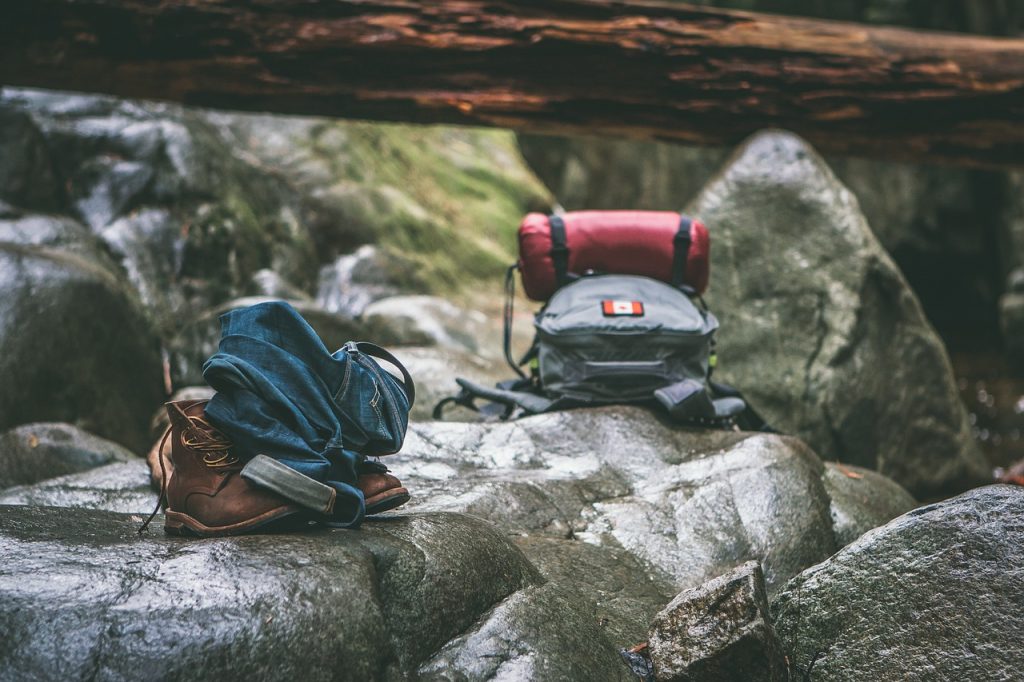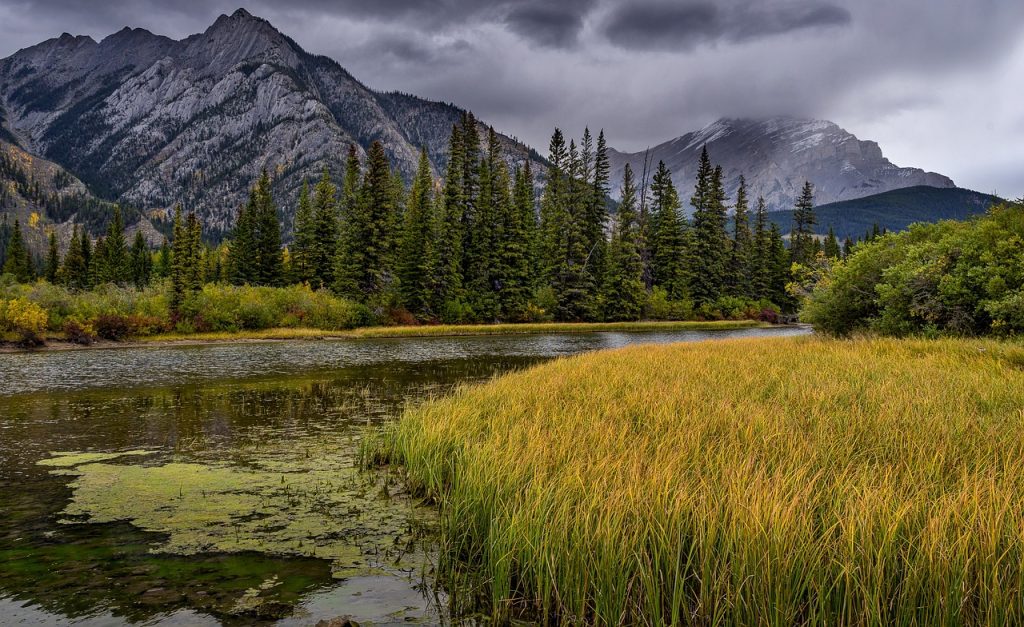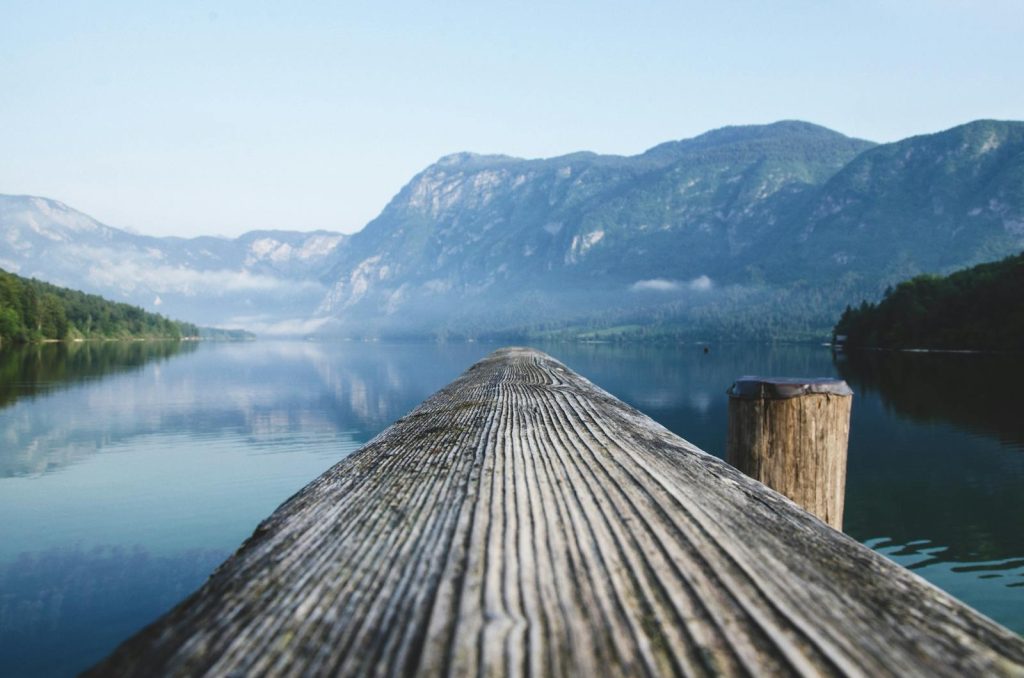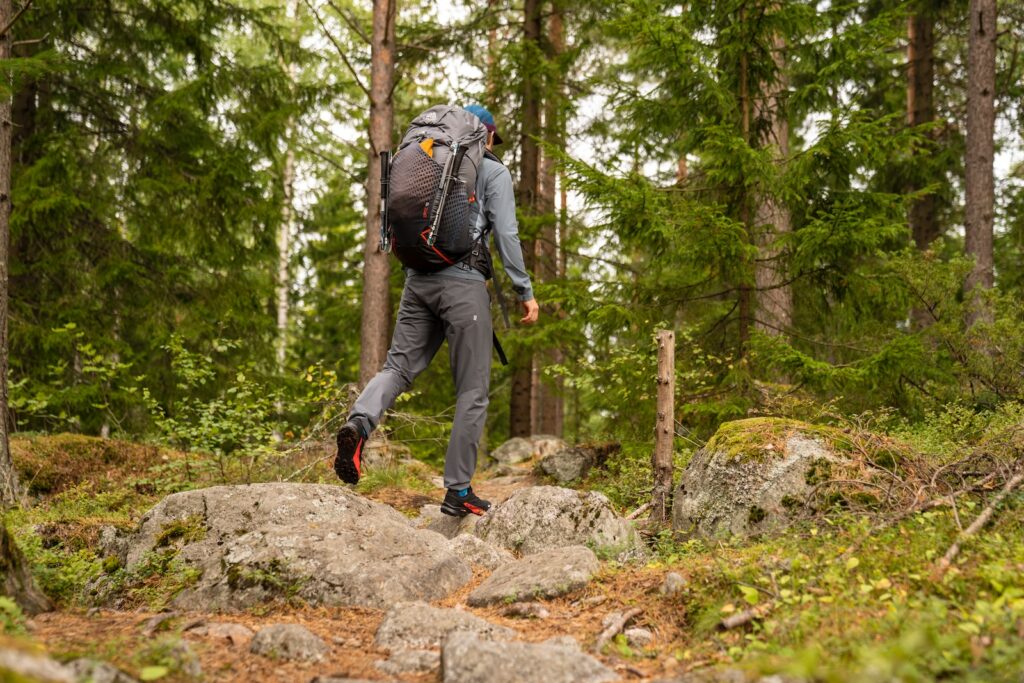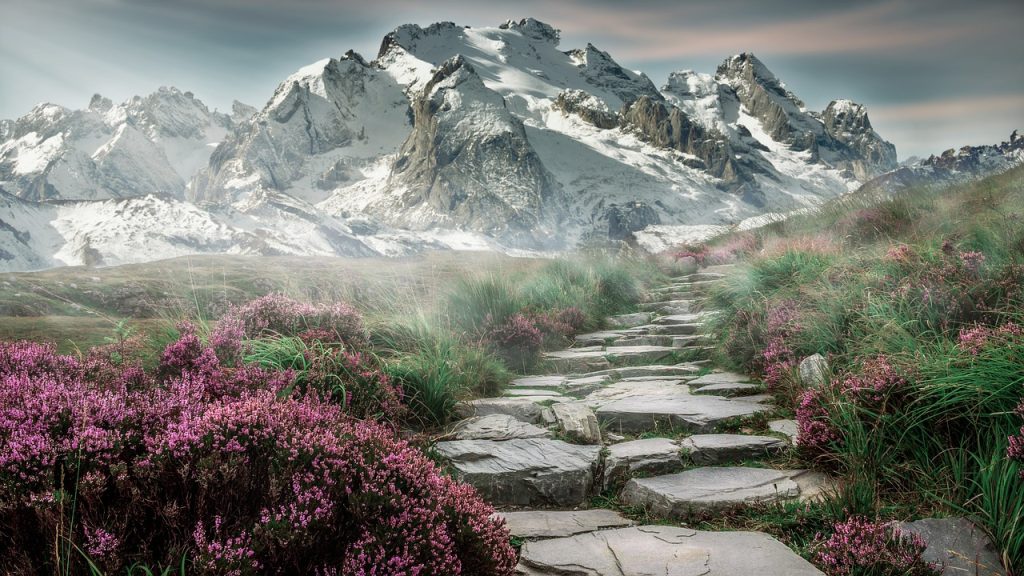

Solo Hiking: Embracing the Wilderness Alone
Have you ever dreamed of leaving the noise and stress of everyday life behind? Imagine immersing yourself in breathtaking landscapes, with only nature’s gentle whispers as your sole companion. Solo Hiking: Embracing the Wilderness Alone is not just an adventure; it’s a means to rediscover your inner courage, strength, and connection with our planet.
Join us as we delve into the transformative world of solo hiking, unraveling its secrets, facing its challenges head-on, and finding liberation like never before. Whether you’re an experienced hiker or a novice explorer looking for that ultimate escape from the chaos of modern living – this blog post is your ticket to embracing solitude amidst Mother Nature’s captivating embrace. So lace up those boots and get ready for an unforgettable journey!
What is Solo Hiking?
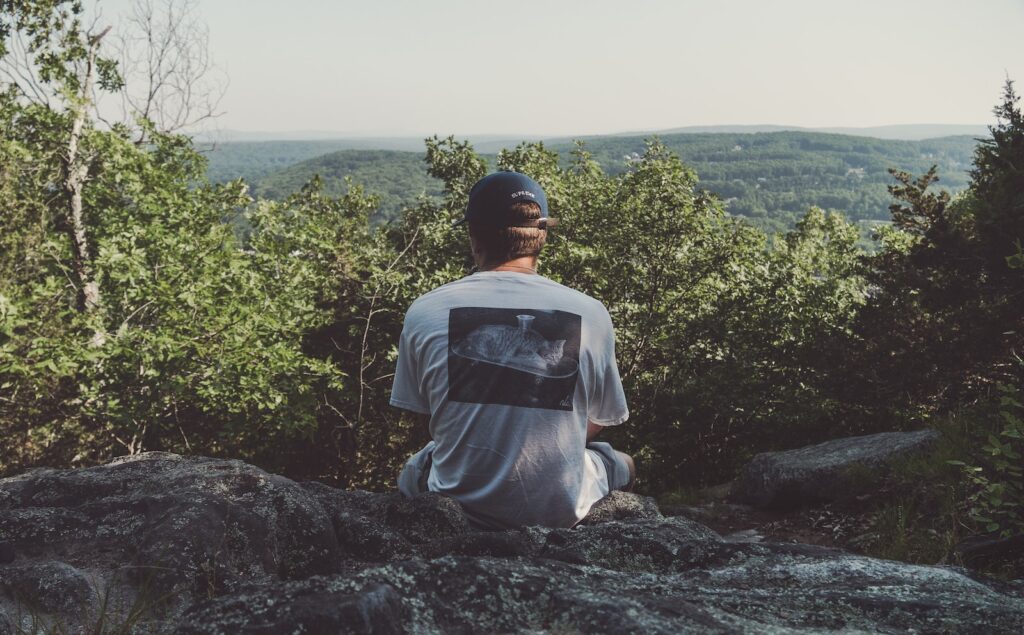
Solo hiking is backpacking and camping alone in the wilderness. Many people choose to solo hike for the peace and quiet it offers. It can be a very rewarding and liberating experience.
However, solo hiking can also be dangerous. You are responsible for your own safety and must be prepared for all eventualities. Solo hikers should have a good understanding of map reading and navigation, as well as first aid. They should also be aware of the different risks involved in solo hiking, such as getting lost or injured.
If you are considering solo hiking, make sure you are fully prepared before setting out. Plan your route carefully and tell someone where you are going. Make sure you have all the supplies you need, including plenty of food and water, and a means to communicate if you get into trouble. And most importantly, trust your instincts – if something doesn’t feel right, don’t do it!
Pros and Cons of Solo Hiking
There are many reasons why someone might want to go solo hiking. Maybe you enjoy the peace and quiet of being in nature by yourself, or maybe you prefer the challenge of conquering a difficult hike alone. Whatever your reasons, there are both pros and cons to solo hiking that you should consider before heading out on your next solo adventure.
Pros:
-You can go at your own pace without having to worry about keeping up with anyone else.
-You can make decisions about where to go and what to do without consulting anyone else.
-Solo hiking can be a great opportunity for self-reflection and introspection.
-It can be very empowering to challenge yourself in this way and achieve something you didn’t think you could do.
Cons:
-Without someone else to help, you will have to carry all of your gear by yourself which can be
tiring.
-If you get injured or lost, there is no one there to help you.
-You may not have as much fun as you would if you were hiking with friends or family.
Essential Gear for a Successful Solo Hike
If you’re thinking about taking a solo hike, congratulations! Going on a hike by yourself is an incredibly rewarding experience that can teach you a lot about both the wilderness and yourself. However, before heading out into the wild alone, it’s important to make sure you have the essential gear for a successful solo hike.
Here are a few things you’ll need:
–A sturdy pair of hiking boots: Hiking boots are non-negotiable when it comes to solo hikes. Make sure your boots are comfortable and broken in before hitting the trail so you don’t end up with blisters or sore feet half way through your hike.
–Plenty of food and water: It’s always better to err on the side of caution when packing food and water for a solo hike. Bring more than you think you’ll need in case you get lost or end up hiking further than anticipated.
–A map and compass: A map and compass are essential for any solo hiker. Make sure you know how to use both before setting out on your hike so you can find your way back if you get off course.
–A first aid kit: A first aid kit is another must-have for any solo hiker. Be sure to pack supplies for common problems like blisters and snake bites, as well as more serious issues like broken bones.
Preparation & Safety Tips

When you hike alone, you are responsible for your own safety and preparation. This means that you must be aware of the potential risks involved in solo hiking and take the necessary precautions to ensure your safety.
Here are some tips to help you prepare for and stay safe on your next solo hike:
1] Choose a safe route: Avoid hiking in remote areas or areas with known hazards. Stick to trails that are well-marked and well-traveled.
2] Tell someone where you’re going: before you set out on your hike, let someone know your planned route and expected return time. This way, if something happens to you, someone will know where to look for you.
3] Pack essentials: Make sure you bring plenty of food, water, and a first-aid kit on your hike. You should also carry a map and compass, and know how to use them.
4] Be prepared for bad weather: If the forecast calls for bad weather, rethink your plans and choose another day to hike. However, if you do find yourself caught in a storm, stay calm and seek shelter immediately. Do not try to continue hiking in dangerous conditions.
How to Handle Unfamiliar Terrain and Wildlife
One of the best things about hiking solo is that you can go wherever you want, without having to worry about someone else’s comfort level or ability. But with that freedom comes a certain amount of responsibility – namely, knowing how to handle unfamiliar terrain and wildlife.
The first thing to keep in mind is that, when solo hiking, you are completely responsible for your own safety. This means being aware of your surroundings at all times and being prepared for anything. If you’re not comfortable with a particular stretch of trail or if there’s something dangerous ahead, don’t be afraid to turn back. Better safe than sorry!
As far as unfamiliar terrain goes, the best thing to do is just take it slow and steady. If you’re not sure where you’re going, it’s always better to err on the side of caution and stick to well-marked trails. And if you come across something unexpected – like a river crossing or a steep drop-off – stop and assess the situation before proceeding. It’s always better to be safe than sorry!
As for wildlife, the most important thing is to never approach an animal – no matter how cute or harmless they might seem. Remember, they are wild creatures and can be unpredictable (and even dangerous). So just enjoy watching them from a distance and leave them be.
Examples of Popular Long-Distance Trails
The Appalachian Trail, which spans from Maine to Georgia in the Eastern United States, is one of the most popular long-distance trails in the world. Despite its challenging terrain, the trail is hikeable by people of all skill levels and is a popular choice for solo hikers looking to commune with nature.
Another popular long-distance trail is the Pacific Crest Trail, which extends from Mexico to Canada along the West Coast of the United States. This trail is significantly more difficult than the Appalachian Trail, and as such, attracts experienced hikers looking for a real challenge. The dramatic scenery along the trail is an added bonus for those willing to take on this tough journey.
For a less intense solo hiking experience, there are also many shorter trails located all over the world that offer stunning views and a sense of tranquility. One such example is New Zealand’s Tongariro Alpine Crossing, which takes hikers through beautiful alpine meadows and forests. This trail can be completed in a day, making it a perfect choice for those short on time but still wanting to get out into nature.
Mental Benefits of Solo Hiking
Hiking solo can be a great way to clear your head and recenter yourself. There are many mental benefits to spending time alone in nature, including reducing stress, improving concentration, and increasing creativity.
Spending time in nature has been shown to reduce stress levels and improve moods. Solo hiking gives you the opportunity to unplug from technology and clear your mind of the constant chatter of daily life. This can help you to relax and feel more connected to the world around you.
A break from technology can also help improve your concentration. With no distractions, you can focus more on your surroundings and the present moment. In today’s world, it’s easy to get wrapped up in our thoughts and lose track of what’s happening around us. Being alone in nature can help bring us back to the present moment and appreciate the simple things in life.
Solo hiking can also be a great way to increase creativity. With no one else around, you have the space to think freely and come up with new ideas. Often, we get stuck in patterns of thinking when we’re around other people. Stepping away from this social pressure can give us the freedom to explore new ways of thinking.
Embracing the Solitude & Enjoying the Journey
There is something special and unique about hiking solo. It allows you to connect with nature in a way that is difficult to do when hiking with others. When you are hiking alone, you are able to move at your own pace, set your own goals, and take in the scenery at your own pace. There are no distractions from other people, and you can truly appreciate the wilderness.
Hiking solo can be a challenge, but it is also an incredibly rewarding experience. If you are thinking about giving it a try, here are some tips to help you get started:
1] Choose a safe and realistic route: When solo hiking, it is important to choose a route that is safe and realistic for your skill level. Avoid routes that are overly challenging or dangerous. Stick to trails that you are familiar with, and avoid areas that are known for being remote or difficult to access.
2] Tell someone where you’re going: It is always a good idea to let someone know where you are going before heading out on a solo hike. This way, if something happens, someone will know where to look for you. Make sure to leave a detailed itinerary with someone you trust.
3] Pack essentials and plan ahead: Solo hiking requires extra planning and preparation. Make sure you pack all of the essential items such as food, water, shelter, and first-aid supplies. Be prepared for anything by packing extra clothes and supplies in case of emergencies.
Conclusion
Solo hiking is an adventure like no other – peaceful yet thrilling, empowering yet humbling. It gives us the opportunity to have a close encounter with nature and our surroundings. When done well, it can be a rewarding experience that not only helps you explore your passion for outdoor activities but also offers a welcome respite from the stress of everyday life. So if you’re looking for ways to relax and reconnect with yourself and nature, grab your gear and start planning your solo hike!

